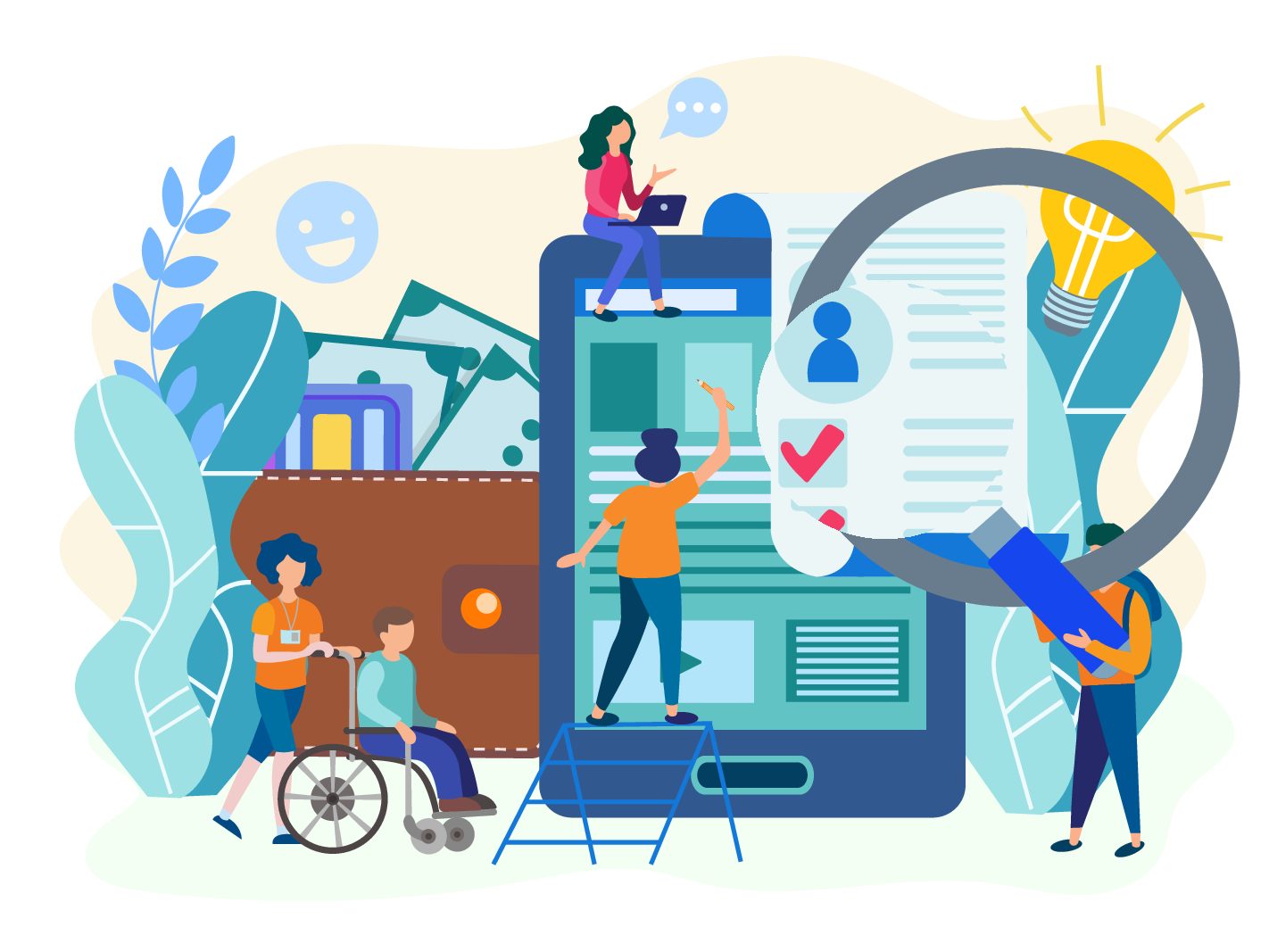In today's rapidly advancing technological landscape, the concept of inclusive innovation has gained significant traction. Inclusive innovation focuses on creating technology that is accessible to all individuals, including those with disabilities. Assistive technology plays a crucial role in achieving this goal by providing tools and solutions that enable individuals with disabilities to participate more fully in various aspects of life. In this article, we will explore the different types of assistive technology available and how they are making a positive impact on the lives of people with disabilities.
Types of Assistive Technology
1. Mobility Aids
Mobility aids are devices designed to assist individuals with disabilities in moving around and performing daily activities. Some common examples include:
- Wheelchairs
- Crutches
- Walkers
- Cane
2. Communication Aids
Communication aids are tools that help individuals with speech or language impairments to express themselves. These aids can range from simple picture boards to more advanced electronic devices that convert text to speech. Examples include:
- Augmentative and alternative communication (AAC) devices
- Text-to-speech software
- Symbol-based communication boards
3. Hearing Aids
Hearing aids are small electronic devices that are designed to improve hearing for individuals with hearing loss. These devices can amplify sound and help individuals communicate more effectively in various settings. Some types of hearing aids include:
- Behind-the-ear (BTE) hearing aids
- In-the-ear (ITE) hearing aids
- Cochlear implants
The Impact of Assistive Technology
Enhanced Independence
Assistive technology has significantly increased the independence of individuals with disabilities by providing them with tools that allow them to perform daily tasks on their own. This independence can lead to improved self-esteem and a greater sense of autonomy.
Improved Access to Education
Assistive technology has revolutionized the way individuals with disabilities access education. From screen readers for visually impaired students to speech-to-text software for students with dyslexia, these tools have leveled the playing field and made learning more accessible to all.
Greater Employment Opportunities
By enhancing the abilities of individuals with disabilities, assistive technology has opened up new employment opportunities. With tools that help overcome barriers in the workplace, individuals can showcase their skills and talents, leading to a more inclusive workforce.
Challenges and Opportunities
1. Cost
One of the major challenges in the adoption of assistive technology is the cost associated with these devices. Many individuals with disabilities may not have the financial resources to afford expensive gadgets, limiting their access to these important tools.
2. Awareness and Training
Another challenge is the lack of awareness and training on assistive technology. It is crucial for individuals with disabilities, as well as their caregivers and educators, to be informed about the available resources and how to use them effectively.
3. Customization
Assistive technology needs to be customized to meet the specific needs of each individual with a disability. This level of customization can be time-consuming and requires expertise in both technology and disability support.
The Road Ahead
Despite the challenges, the future of assistive technology looks promising. Innovations such as smart home devices, wearable technology, and artificial intelligence are poised to revolutionize the field and further enhance the lives of individuals with disabilities.
It is essential for governments, organizations, and technology developers to work together to overcome barriers and ensure that assistive technology is readily available and affordable for all who need it. By promoting inclusive innovation, we can create a more accessible and equitable world for individuals with disabilities.

